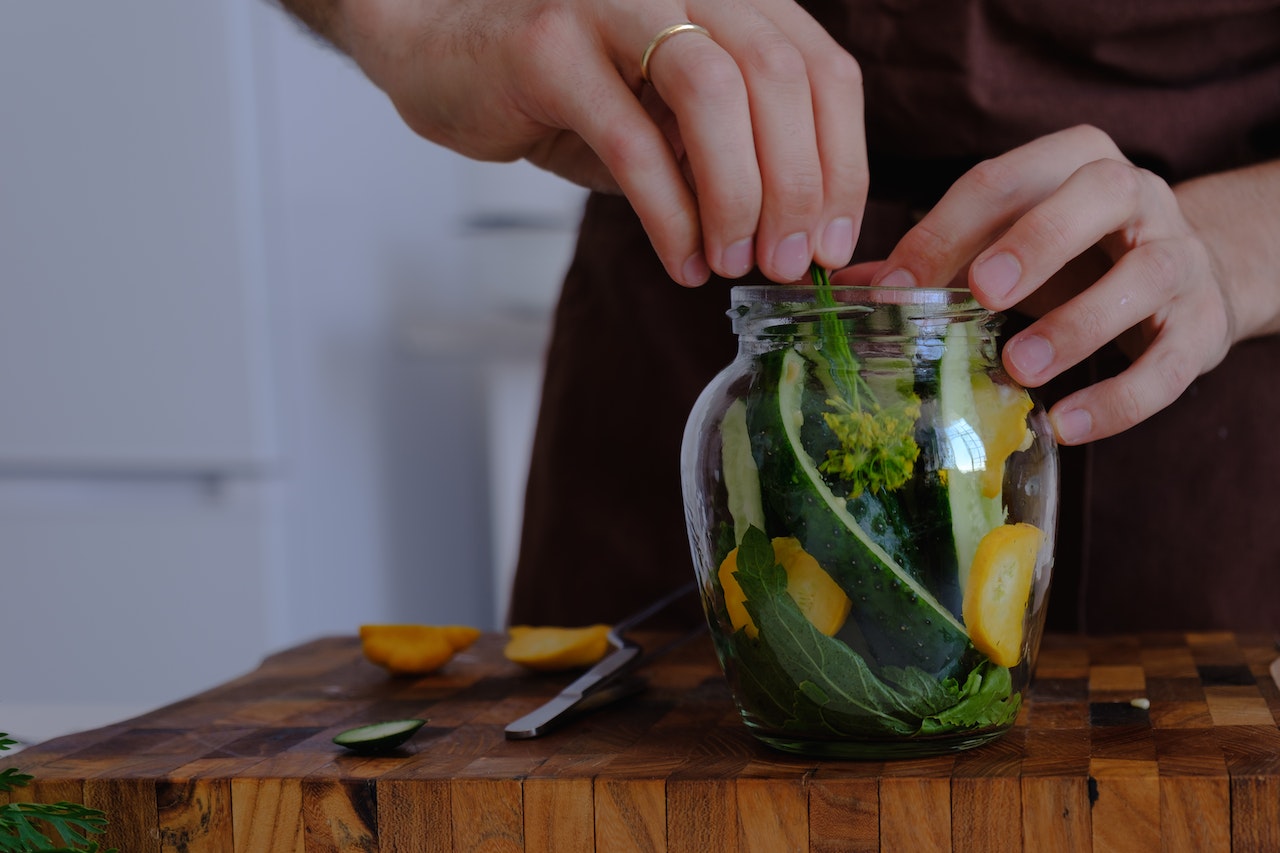
The Art of Vegetable Preservation through Canning: A Timeless Technique
Introduction:
Preserving vegetables through canning is an age-old technique that allows us to enjoy the vibrant flavors and nutritional benefits of fresh produce long after the harvest season has passed. Canning not only extends the shelf life of vegetables but also captures their essence, preserving their taste, color, and texture. In this article, we will delve into the art of vegetable preservation through canning, exploring the benefits, methods, and some helpful tips to get you started on your canning journey.
Benefits of Vegetable Canning:
Year-Round Availability: Canning vegetables allows you to enjoy your favorite seasonal produce throughout the year. By preserving them at their peak freshness, you can savor the flavors of summer even during the colder months.
Nutritional Value: Canning vegetables locks in their vitamins, minerals, and other essential nutrients, ensuring that you have access to their health benefits whenever you need them. Canned vegetables can be a valuable addition to your diet, providing a dose of nutrients even when fresh options are scarce.
Convenience and Versatility: Canned vegetables offer convenience in meal preparation. They are readily available in your pantry, saving you time and effort. Canned vegetables can be used in a variety of dishes, from soups and stews to stir-fries and salads, adding instant flavor and nutrition to your meals.
Methods of Vegetable Canning:
Water Bath Canning: This method is suitable for high-acid vegetables like tomatoes, pickles, and some fruits. It involves placing the prepared vegetables in jars, covering them with a brine or liquid, and processing them in a boiling water bath for a specified period. The heat kills bacteria, creates a vacuum seal, and ensures long-term preservation.
Pressure Canning: Low-acid vegetables like beans, corn, and carrots require pressure canning to prevent the growth of harmful bacteria, such as botulism. The vegetables are placed in jars with a liquid, sealed, and processed in a pressure canner at specific temperatures and pressures to eliminate bacteria effectively.
Helpful Tips for Successful Vegetable Canning:
Choose High-Quality Fresh Vegetables: For the best results, select vegetables at their peak of freshness. Opt for firm, blemish-free produce to ensure optimal flavor and texture in your canned goods.
Proper Preparation: Thoroughly wash and trim the vegetables, removing any damaged parts. Follow canning recipes carefully, ensuring proper measurements, and processing times to maintain safety and quality.
Sterilize Jars and Equipment: To prevent contamination, sterilize jars, lids, and canning equipment before use. This can be done by boiling them in water or using a dishwasher.
Follow Safe Canning Practices: It is crucial to follow safe canning practices to prevent the growth of harmful bacteria. Use tested recipes from trusted sources, maintain correct processing times and pressures, and adhere to recommended acidity levels.
Label and Store Properly: Once the canning process is complete, label your jars with the contents and date. Store them in a cool, dark place away from direct sunlight, excessive heat, and humidity.
Conclusion:
Vegetable preservation through canning is an art form that allows us to savor the bounty of the harvest throughout the year. By following proper techniques and safety guidelines, you can enjoy the flavors, nutrition, and convenience of canned vegetables. Embrace the art of vegetable canning and unlock a world of culinary possibilities that transcend the boundaries of seasons. Start preserving your favorite vegetables today and embark on a journey of homemade, wholesome goodness that will nourish you for months to come.


1 comment
Comment from vegetable preservation.